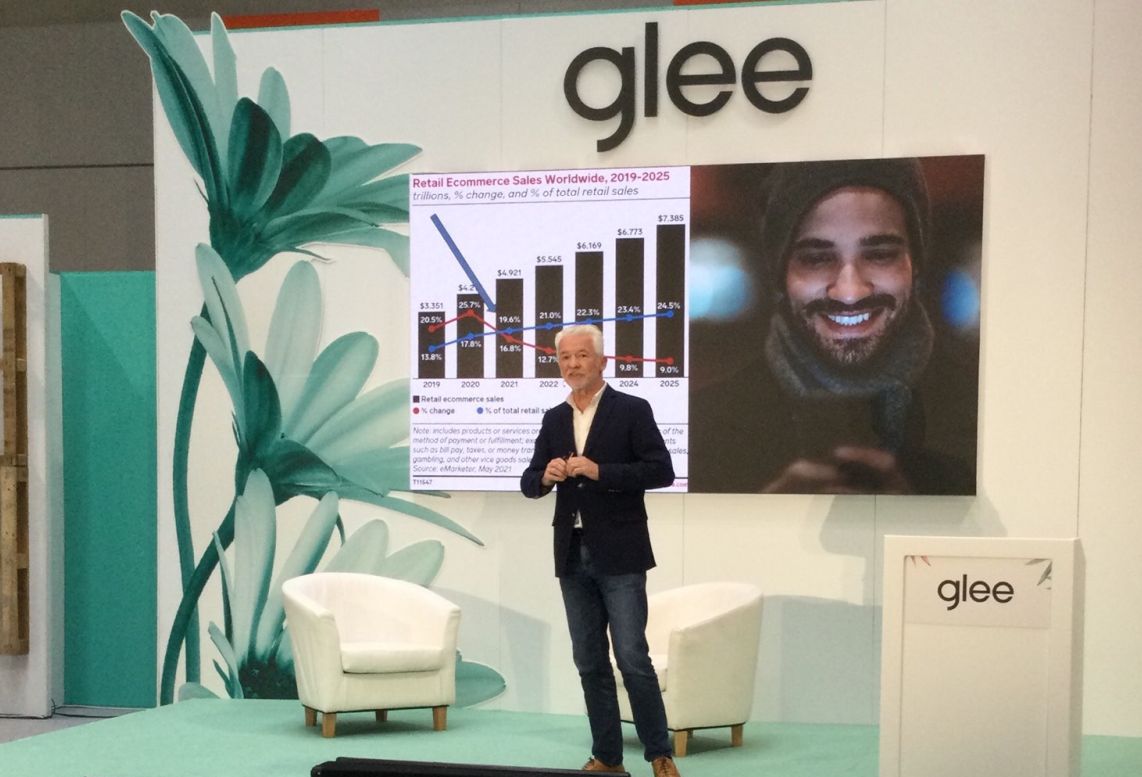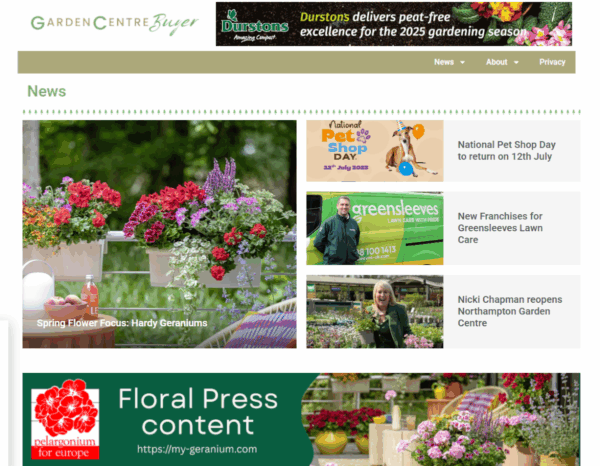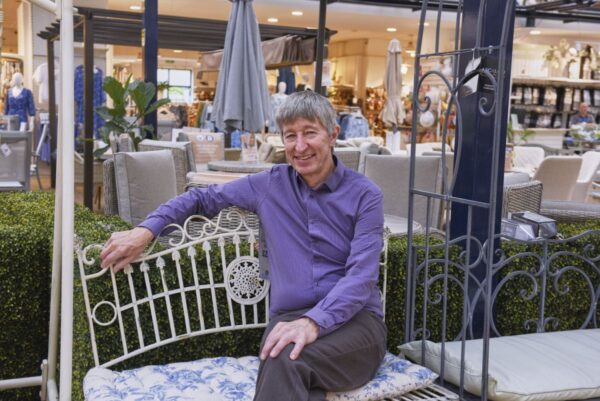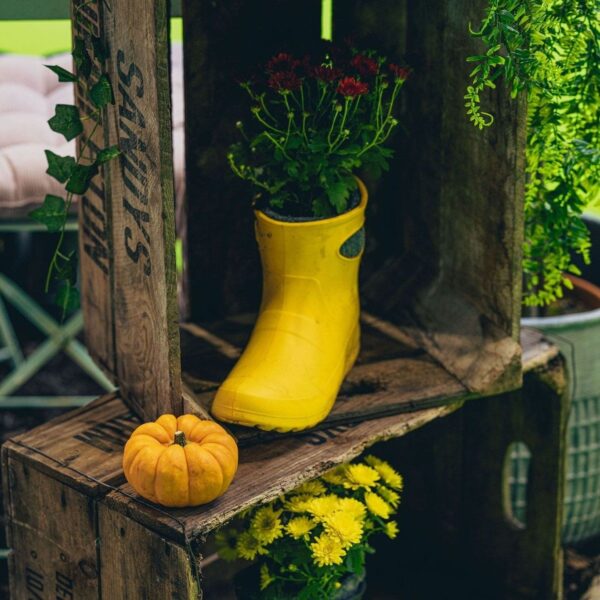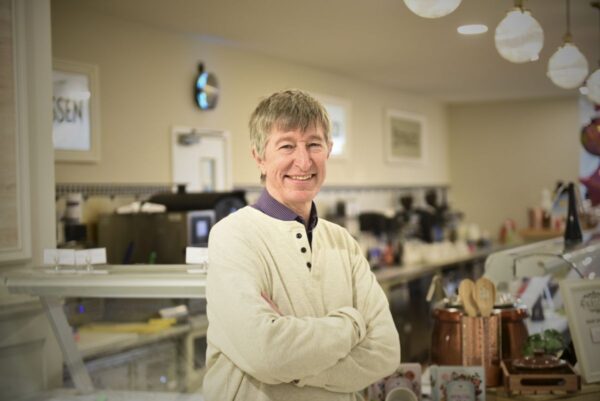The Glee seminar programme was once again a great treat for visitors, with exceptional business insights and trend forecasts helping to guide buyers in their vital merchandising decisions during the most important industry showcase.
On Tuesday 28th June, Alan O’Neill, MD of Kara Change Management, told a packed audience how they could sustain and manage growth in these challenging times. Alan shared his experiences of supporting iconic retail brands including Selfridges, Fenwick, Harrods, Primark and Ann Summers, helping them to grow their physical store sales, offering invaluable practical ideas and tactics designed to help retailers embrace change and manage growth sustainably.
As Covid accelerated the pace of global change, retail in particular experienced dramatic changes, with online stores continuing to perform well at the expense of bricks and mortar. As Alan pointed out, gardening is one of the lucky sectors coming out of the pandemic, in a time where we see the pace, complexity and volume of change accelerating, meaning that retailers need to learn new skills to keep up with consumer shifts. One of the biggest shifts is towards sustainability, which is affecting every consumer market.
Retail is changing dramatically. Online is in growth whilst big shopping centres are in decline, although this isn’t ONLY because of online, it’s also because some retailers have failed to adapt. Online is forecast to be 25% of the entire retail market by 2025, but this means that 75% is still bricks and mortar. Bricks and mortar is not a dying format, but bad retailing is dying.
If you look at the stores which have gone out of business over the past couple of years, like Debenhams and Laura Ashley, they were in decline and had problems anyway, the pandemic just hastened their demise. Retailers need to change with the times and consistently drive newness and innovation.
“I don’t know how many online retailers are really making money”. There are a lot of returns for one thing and this isn’t sustainable. Fulfilment is an ongoing challenge and online does not mean low cost. Even Amazon outside of the USA does not make money.
There is a tried and tested formula for measuring the success of retail businesses:
Footfall Conversion ATV
These are the basics and they haven’t changed, which is why the talk is called ‘back to the future’. We can look at them in new ways, however.
Footfall is partly due to marketing and customer loyalty, as well as location, but what will it take to convert people once they are in store? Then, once sales are being made, how do you push up the average basket spend? These last two factors depend largely on customer experience. If you were to increase each of these factors by 2% a year you could double your sales in 3 years.
“You must put the customer at the heart of everything you do…customer experience is the new battleground [for retail]”. He explained that Selfridges has a very high degree of dissatisfaction with everything, which makes it a challenging place to work but also means that the customer experience is exceptionally high, as the bar is always being raised.
Retailers need to embrace the concept of customer experience, which his the key differentiator from the online space.
The low pricing and discounting madness of a few years ago has thankfully passed – even department stores are reining them in – and instead we have differentiation and relevance, the factors which make consumers feel that they MUST shop with you and make your store their first point of call.
At the heart of the customer experience are Product, People and Place. He showed us a simple price-quality matrix which a retailer should learn to accurately position themselves upon, also in relation to the competition. Whilst the high price, low quality corner of the matrix is a bad place to be, the other three segments are not inherently bad or good, just different from one another. For example, Selfridges is high quality and high price, whereas Primark is low quality and low price. One isn’t better than the other, they are just different – but also very successful – retail models. Where do you sit on this matrix?
You need to find the optimum position for your brand and to ensure that you’re not in an over-crowded quarter, depending on your location and other competitive factors.
When it comes to product he advises to consider running a flagship and trying to find a suitable category killer for your store. Choose a flagship which will enable you to work closely with a good supplier who will help you achieve an exceptional look and merchandising category, ensuring it is a brand that will help drive footfall. This should be a strategic relationship with a supplier, who might be willing to invest in fixtures and fittings and other elements which will help elevate the store to flagship status.
When it comes to category killers – for Selfridges it is shoes – determine that your shop will be THE place to go for a certain type of products, be it greetings cards, toys or pots and pans. Identify and appropriate, relevant product category and it will be win-win for everyone.
Collaborate with your most significant supplier or suppliers for an exciting new store strategy.
When it comes to place, this is where you can really win over on online stores “they will never beat you”. Bricks and mortar stores can deliver “ambiance, theatre, atmosphere and experience – even immersive and interactive experience as you see in the Rituals store, for example.
Edutainment is a buzz word in retailing, offering a way to bring things to life in an informative and interesting way. Intertainment is another one. These ideas have arisen because “you can’t just have product standing there doing nothing, that is the preserve of online, which depends on navigation and styling.
If you get your sales people right you will win again as they are the biggest conversion driver. Show your sales people how to go forward and they will influence both conversion and ATV through upselling and link selling. Their job is to Connect, Consult and Conclude. Invest in people and technology and it will stand you in great stead


